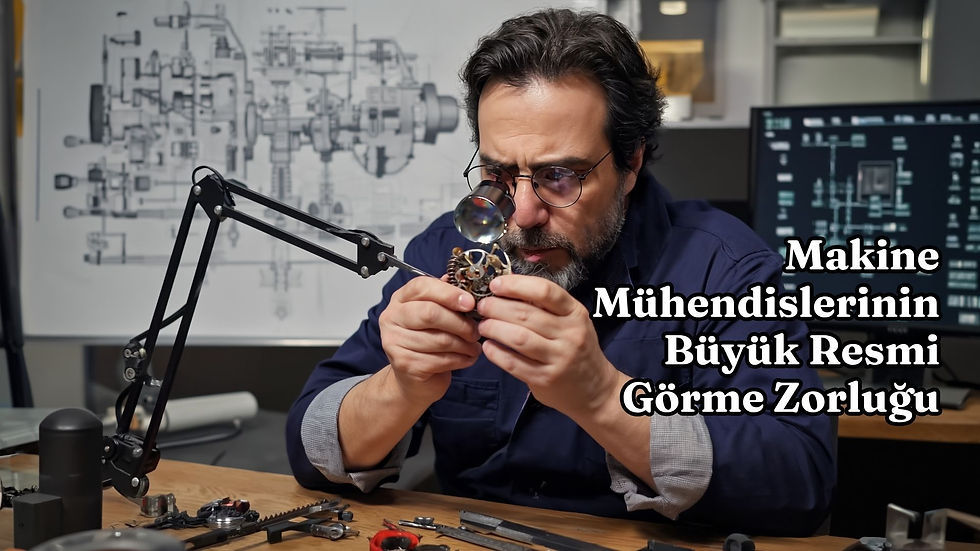SICAK HADDELEME İLE SOĞUK HADDELEME ARASINDAKİ FARKLAR NELERDİR ?
- 2 May 2020
- 3 dakikada okunur

Slab Çelik soğudukça genleşmesi geri gelir ve genişliği daralır. Sıcak haddelenmiş çelik işlemden sonra oda sıcaklığına kadar soğutulur, hassas uygulamalar için uygun değildir. Sıcak haddelenmiş çelik, genellikle kalın malzemeler olduklarından hassas tüketimde kullanılmamaktadır – örneğin demiryolu raylarında ve inşaat projelerinde.
Sıcak haddelenmiş çelik yapı olarak soğuk haddelenmiş çelikten çok daha az işlem gerektirir, bu da onu soğuk haddelenmiş çelikten çok daha ucuz hale getirir. Sıcak haddelenmiş çeliğin oda sıcaklığında da soğuması sağlanmaktadır ve normalize edilir, yani sertleştirme işlemleri sırasında ortaya çıkabilecek iç gerilmelerden arınmış olur. Sıcak haddelenmiş çelik, kalınlık ve genişlik toleranslarının soğuk haddelenmiş çeliklere göre hassas olmadığını biliyoruz. Sıcak haddelenmiş çelikler yüzey kaplamanın olmadığı durumlarda daha idealdir. Daha iyi bir yüzey kalitesi istenirse , taşlama, kumlama veya asit banyosu yani yüzey temizleme yoluyla yüzey yapısı düzeltilebilmektedir. Kireçten arındırılmış çelik ayrıca boya ve diğer yüzey kaplaması olan galvaniz kaplama için daha iyi bir yüzey sunar.

Soğuk haddelenmiş çelik, aslında daha fazla işlemden geçmiş olan sıcak haddelenmiş çeliktir. Soğuk haddelenmiş çelik elde etmek için, çelik üreticileri Sıcak haddelenmiş çelik satın alırlar. Sıcak haddelenmiş çelikten soğuk haddelenmiş çelik üretimi için daha kesin boyutlar ve daha iyi yüzey kalitesi elde etmek için daha fazla haddeleme yapar.
Teknik olarak, soğuk haddelenmiş sadece Çelik merdaneler arasında sıkıştırma yapılan çelik saclara uygulanır. Ancak profiller veya kütükler gibi formlar çekilir yani sadece merdaneler arasıdan geçirilmez. Böylece, sıcak haddelenmiş profiller ve kütükler, bir kez soğutulduklarında bir daha şekillendirilemezler.
Sıcak haddelenmiş çeliğe göre daha iyi yüzey özelliklerine sahip olan soğuk haddelenmiş çelik, teknik olarak daha hassas uygulamalar için veya estetiğin önemli olduğu yerlerde daha sık kullanılması şaşırtıcı değildir. Ancak, soğuk haddeleme için yapılan işlem sayısı ve maliyetlerden dolayı sıcak haddelenmiş çeliklere göre daha yüksek bir fiyata satılmaktadırlar. Soğuk haddelenmiş çelikler fiziksel özellikleri açısından hassastırlar, soğuk haddeleme işlemi ayrıca malzeme çelik içinde iç baskıları yaratabilir. Başka bir deyişle, soğuk haddelenmiş çeliğin imal edilmesi – kesilerek, kıvırarak veya kaynak yapılara olsun – gerilimleri serbest bırakabilir ve öngörülemeyen bir kırılmaya veya çatlamalara neden olabilir.
WHAT IS THE DIFFERENCES BETWEEN HOT ROLLING AND COLD ROLLING ?
To process hot rolled steel, manufacturers start a large, rectangular billet, namely slab. The slab is heated and pretreated, where it is smoothed with a large roll, i.e. rollers. From there, it is brought to high temperatures and hot steel in the form of cores is made, it is passed through a series of clamping rollers, namely rolling, to bring it to the desired thickness and width, this process is called rolling. For rolled sheet steel manufacturers wrap the rolled steel in coils and leave it to cool. They can be produced in Steel Profile and other forms such as steel strip, steel sheets. As Slab Çelik cools, its expansion comes back and its width narrows. Hot rolled steel is cooled down to room temperature after treatment, it is not suitable for sensitive applications. Hot rolled steel is not used for precision consumption as they are often thick materials - for example on railway tracks and construction projects. As a hot rolled steel structure, it requires much less processing than cold rolled steel, making it much cheaper than cold rolled steel. Hot rolled steel is also allowed to cool at room temperature and is normalized, that is, it is free from internal stresses that may arise during the hardening processes. We know that hot rolled steel, thickness and width tolerances are not sensitive compared to cold rolled steels. Hot rolled steels are ideal when there is no surface coating. If a better surface quality is desired, the surface structure can be corrected by grinding, sanding or acid bath, that is, surface cleaning. Lime-free steel also offers a better surface for paint and other surface coating, galvanized coating.
Cold rolled steel is actually hot rolled steel that has undergone further processing. To obtain cold rolled steel, steelmakers purchase Hot rolled steel. It makes more rolling to produce more precise dimensions and better surface quality for the production of cold rolled steel from hot rolled steel. Technically, "cold rolled" is applied only to steel sheets compacted between the steel rollers. However, forms such as profiles or logs are "pulled", that is, they are not simply passed through the rollers. Thus, hot rolled profiles and billets cannot be formed once they have been cooled. With better surface properties than hot rolled steel, cold rolled steel is not surprising to be used more often for technically more precise applications or where aesthetics are important. However, they are sold at a higher price than hot rolled steels due to the number of processes and costs for cold rolling. Cold rolled steels are sensitive in terms of their physical properties, cold rolling process can also create internal pressures within the material steel. In other words, the fabrication of cold rolled steel - whether by cutting, bending or welding structures - can release tensions and cause an unpredictable break or crack.









Yorumlar